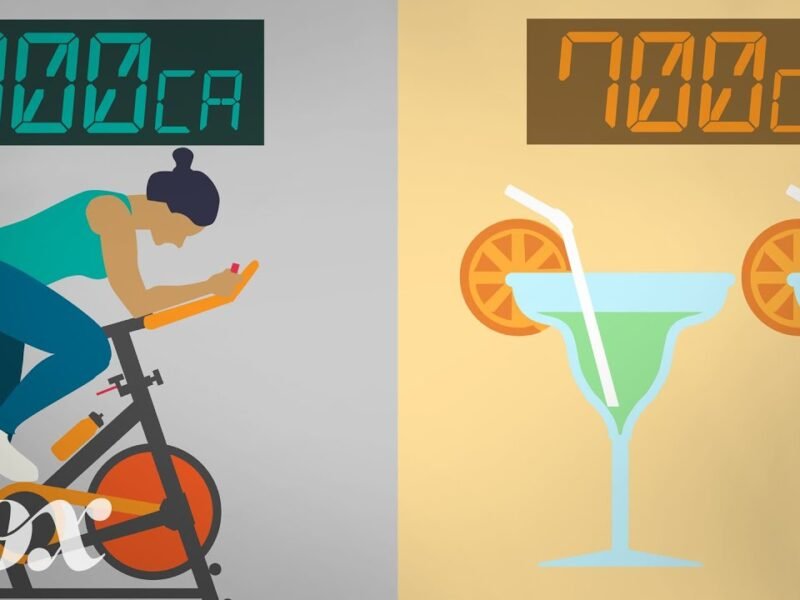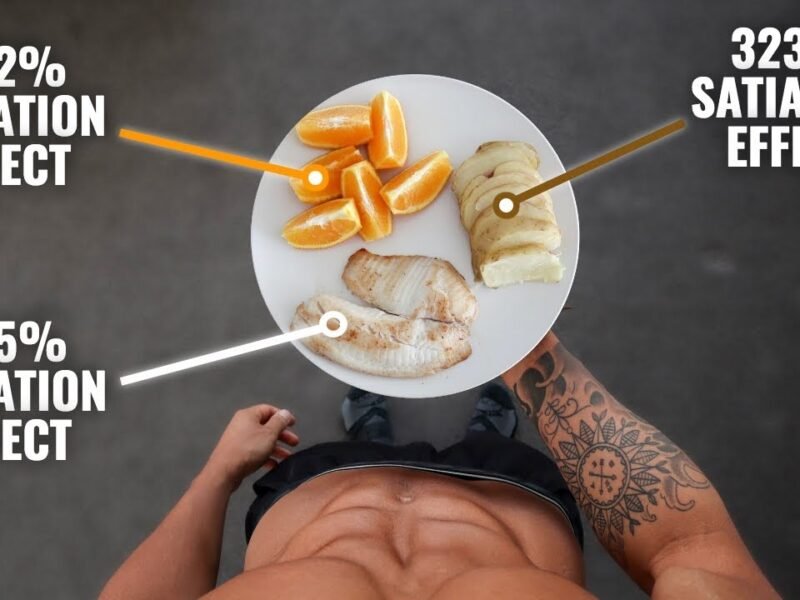
Why Fat Loss is Better Than Weight Loss
If you’ve been working on your health and fitness goals, you’ve likely heard the terms “fat loss” and “weight loss” used interchangeably. However, they are not the same—and understanding the difference can be the key to achieving sustainable and healthy results. Focusing on fat loss rather than overall weight loss helps preserve muscle tone, enhances body composition, and leads to long-term wellness.
Let’s explore why fat loss is the better approach and how adopting the right strategies can help you achieve your goals.
The Difference Between Fat Loss and Weight Loss
Although they may seem similar, fat loss and weight loss focus on different aspects of body composition.
Weight Loss:
-
- Refers to an overall reduction in body weight, including fat, muscle, water, and even bone mass.
-
- Often achieved through crash diets or excessive exercise, which can lead to muscle loss and a slower metabolism.
Fat Loss:
-
- Targets unwanted fat while preserving lean muscle mass, which is essential for metabolism and strength.
-
- Improves body composition, resulting in a leaner, healthier physique, even if the number on the scale doesn’t change significantly.
Why Fat Loss is Better for Your Health
Focusing on fat loss rather than simply watching the scale drop offers several important health benefits, including:
1. Preserving Muscle Mass
When weight loss methods cause muscle depletion, you may experience weakness and a decreased metabolic rate. In contrast, fat loss helps maintain muscle strength, ensuring your body remains functional and resilient.
2. Improved Body Composition
A lower body fat percentage contributes to a leaner appearance and a healthier body. Even if your weight remains the same, reducing fat makes you look more toned and fit.
3. Reduced Health Risks
Excess fat, especially visceral fat around organs, is associated with higher risks of conditions like heart disease, diabetes, and inflammation. Fat loss helps decrease these risks, improving overall well-being.
4. Sustainable Results
Fat loss is achieved through long-term lifestyle changes, including balanced nutrition, exercise, and healthy habits. This approach makes it easier to maintain progress over time.
How to Focus on Fat Loss
To effectively target fat loss, consider incorporating the following strategies into your routine:
-
- Strength Training: Resistance exercises help preserve muscle while burning fat.
-
- Balanced Nutrition: Prioritize whole foods, lean proteins, healthy fats, and complex carbohydrates to fuel your body effectively.
-
- Quality Sleep: Getting adequate rest is crucial for hormone regulation and metabolism.
-
- Stress Management: Chronic stress can lead to fat storage, so practices like meditation or yoga can be beneficial.
Exploring Non-Invasive Fat Loss Treatments
For stubborn fat areas that are resistant to diet and exercise, non-invasive treatments can provide additional support. Some popular options include:
1. Cryolipolysis (Fat Freezing)
This treatment freezes fat cells, causing them to break down and be eliminated by the body naturally. It’s commonly used for targeted areas such as the abdomen, thighs, and flanks.
2. Red Light Therapy
Known to support fat loss and skin tightening by enhancing cellular metabolism and circulation.
3. Ultrasound Cavitation
This technique uses sound waves to disrupt fat cells, making it easier for the body to metabolize and eliminate them.
Final Thoughts
By focusing on fat loss instead of weight loss, you can achieve a healthier, leaner, and more sustainable transformation. The key is to prioritize long-term strategies that maintain muscle mass, support metabolism, and promote overall well-being.
For more practical tips and expert advice on sustainable weight loss and health strategies, follow us on Facebook at SlimScienceLab for daily inspiration and actionable insights!




















